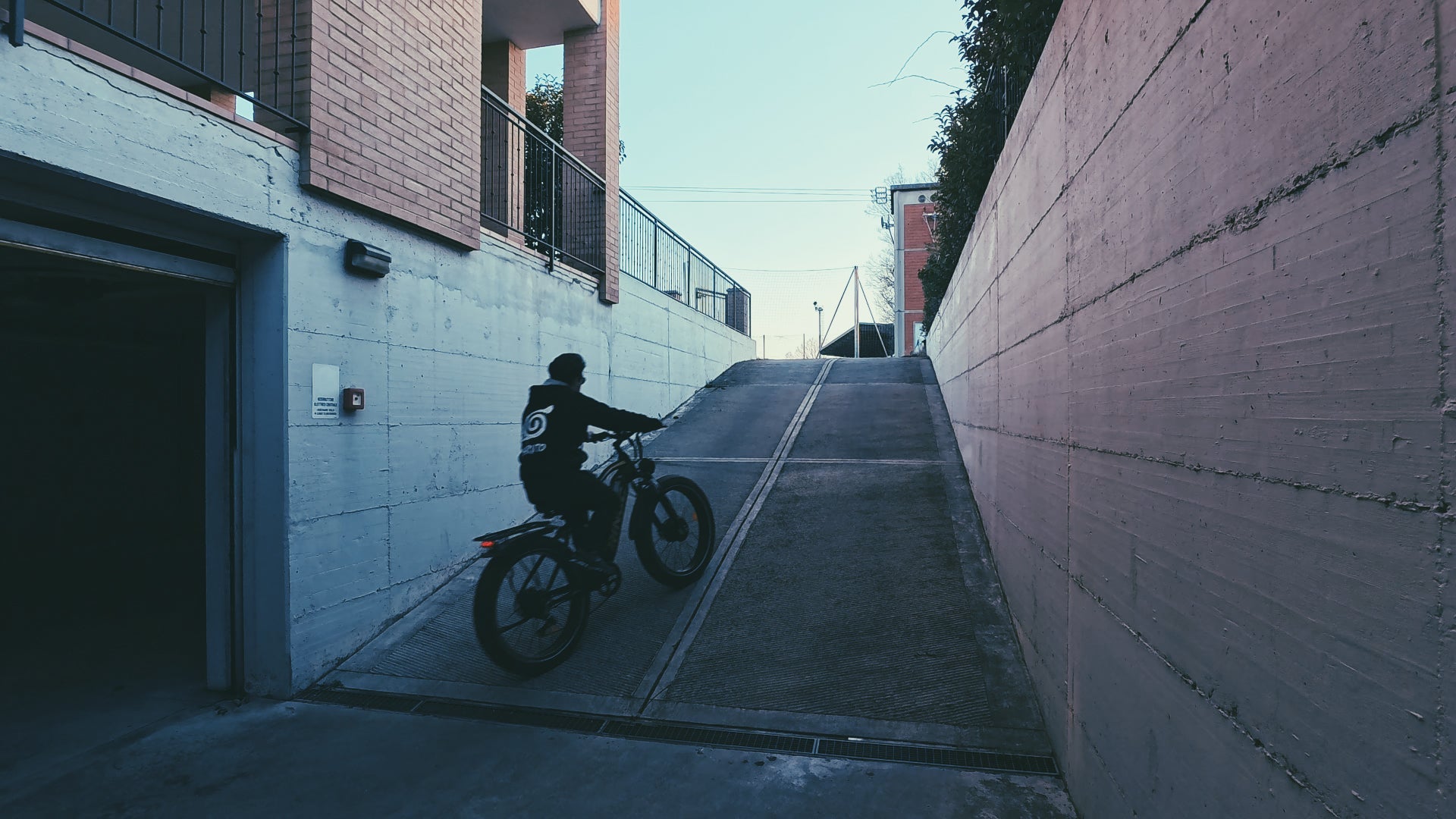Electric bikes are no longer a niche product—they’re fast becoming the transport solution of choice for commuters, explorers and fitness-conscious riders alike. Whether you're navigating urban streets, countryside trails, or uneven paths, a Rincc electric bike offers the perfect balance of electric power and manual control. One feature that enhances both comfort and performance is the gear system. Understanding how and when to shift gears on your e-bike is key to riding smarter, longer, and more efficiently.

Why Gear Shifting Matters on an Electric Bike
Just like with traditional bikes, gears help match your pedalling effort to the terrain. However, when combined with the pedal-assist system on an electric bike, proper gear shifting not only improves ride quality but also optimises motor performance and battery efficiency.
Rincc electric bikes are built with high-quality gear systems, including derailleur and hub-drive options depending on the model. Each gear setup allows riders to adapt to different environments—be it steep inclines, flat stretches, or winding off-road tracks. Some premium Rincc models even come with semi-automatic or automatic shifting technology, offering seamless transitions that adjust in real-time to your cadence and speed.
Types of Gear Systems on Rincc E-Bikes
Rincc integrates dependable transmission technologies to suit varying rider needs:
-
External Derailleur System: Lightweight and efficient, with a wide range of gears for climbing and descending. Common on folding and trekking models like the Rincc R200 or Rincc RN70.
-
Internal Hub Gears: Low-maintenance and fully enclosed, ideal for city bikes or wet weather conditions.
-
Intelligent Auto-Shifting: Available on advanced models, this system adjusts gears based on your pedalling rhythm, offering an effortless riding experience.
When to Shift Gears: Timing Is Everything
Learning when to change gears is essential for maximising both motor support and rider comfort. Here are some general guidelines:
-
Start in a Low Gear: When pulling away, especially on inclines, begin in a low gear (larger rear sprocket, smaller front chainring). This reduces strain on the drivetrain and conserves battery.
-
Climbs: As you approach hills, downshift early. Letting the motor and gears work in harmony makes uphill riding much easier.
-
Descents: Use a higher gear to maintain a steady cadence and reduce braking.
-
Flat Roads: Select a gear that allows you to pedal at a consistent cadence—ideally between 60 and 90 RPM. This keeps you within the motor’s optimal efficiency range.
Anticipating changes in terrain or upcoming stops, like traffic lights or junctions, gives you time to shift down for a smoother restart.
How to Shift Gears Smoothly
Shifting gears on a Rincc e-bike is intuitive, but a few techniques will ensure your drivetrain stays healthy and responsive:
-
Ease Pedal Pressure: Reduce force on the pedals slightly as you shift. This prevents stress on the chain and sprockets, especially under load.
-
Shift One Gear at a Time: Gradual transitions are easier on the transmission system and avoid jamming or slipping.
-
Pedal Continuously: Maintain a steady pedal motion during gear changes to assist the derailleur in repositioning the chain smoothly.
-
Match Gears with Assist Levels: Don’t rely solely on the motor. Lower assistance settings are ideal for flat terrain, while higher modes like Boost or Climb can complement lower gears during demanding climbs.
As you gain experience, you’ll learn to “hear” the motor. A loud or strained tone often indicates it’s time to change gear or reduce assistance.
Mistakes to Avoid When Shifting Gears
Even experienced cyclists can fall into poor habits when adapting to an electric drivetrain. Here are some common pitfalls to avoid:
-
Shifting under heavy load or when accelerating rapidly
-
Delaying gear changes until you're already climbing
-
Skipping multiple gears at once
-
Using cross-chaining combinations (e.g., largest front and rear cogs simultaneously)
-
Ignoring unusual noises or signs of wear
-
Riding at too high or too low a cadence for long periods
-
Neglecting transmission maintenance
By avoiding these errors, you’ll extend the life of your chain, cassette and motor while ensuring a smoother ride.
Training Makes Perfect
While most riders transition easily from a traditional to an electric bike, a little practice can go a long way. Start with low-intensity rides on flat ground to get used to gear response. Then introduce gradients to test your timing and coordination. Key exercises include:
-
Maintaining a steady cadence on various assist levels
-
Practising timely downshifts before hills or traffic stops
-
Listening for motor strain as a cue to shift
With consistent practice, efficient gear shifting becomes second nature—and greatly enhances your overall riding enjoyment.

Why Choose Rincc for Your Next Electric Bike?
At Rincc, we design electric bikes for real-world use—urban commuters, weekend adventurers, and everyday riders who want reliable performance without compromising on ease. Our e-bikes are equipped with responsive, durable gearing systems that work in sync with powerful motors and intuitive controls. Whether you're climbing steep inclines on the Rincc RN70 or gliding through city streets with the Rincc R200, you’ll experience smooth, efficient shifting every time.
Rincc bikes are more than just electric—they’re built for riders who demand more from their journeys.


Share:
How To Burn Calories Riding A RINCC Electric Bike?
Does more power equate to a better ride?